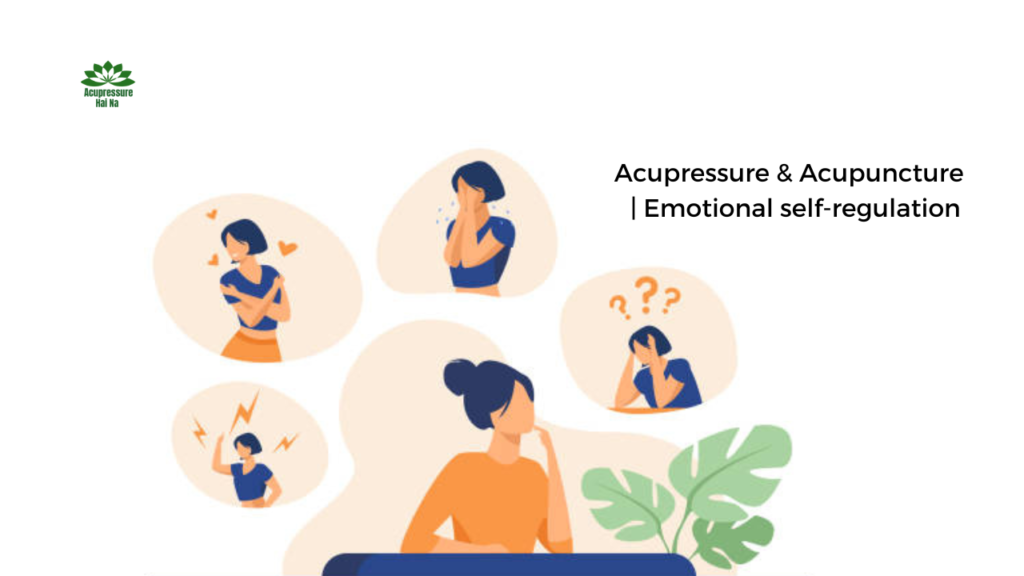Signs for Emotional Distress
Learn about the common warning signs and risk factors for emotional distress that children, adults, and first responders often experience.
It is common to feel stress symptoms before or after a crisis. Natural and human-caused disasters can have a devastating impact on people’s lives because they sometimes cause physical injury, damage to property, or the loss of a home or place of employment. Anyone who sees or experiences this can be affected in some way.

Most stress symptoms are temporary and will resolve on their own in a fairly short amount of time. However, for some people, particularly children, and teens, these symptoms may last for weeks or even months and may influence their relationships with families and friends. Common warning signs of emotional distress include:
- Eating or sleeping too much or too little.
- Pulling away from people and things.
- Having low or no energy.
- Having unexplained aches and pains, such as constant stomachaches or headaches.
- Feeling helpless or hopeless.
- Excessive smoking, drinking, or using drugs, including prescription medications.
- Worrying a lot of the time; feeling guilty but not sure why.
- Thinking of hurting or killing yourself or someone else.
- Having difficulty readjusting to home or work life.
For those who have lived through a natural or human-caused disaster, the anniversary of the event may renew feelings of fear, anxiety, and sadness. Certain sounds, such as sirens, can also trigger emotional distress. These and other environmental sensations can take people right back to the disaster, or cause them to fear that it’s about to happen again. These “trigger events” can happen at any time.
Warning Signs and Risk Factors for Children and Teens
Children are often the most vulnerable of those impacted during and after a disaster. According to the National Child Traumatic Stress Network, a growing body of research has established that children as young as infancy may be affected by events that threaten their safety or the safety of their parents or caregivers.
Disasters are unfamiliar events that are not easily understood by children, who can find them emotionally confusing and frightening. During the time of turmoil, they may be left with a person unfamiliar to them and provided with limited information. Some warning signs of distress in children ages 6 to 11 include:
Withdrawing from playgroups and friends
Competing more for the attention of parents and teachers
Being unwilling to leave home
Being less interested in schoolwork
Becoming aggressive
Having added conflict with peers or parents
Having difficulty concentratin
